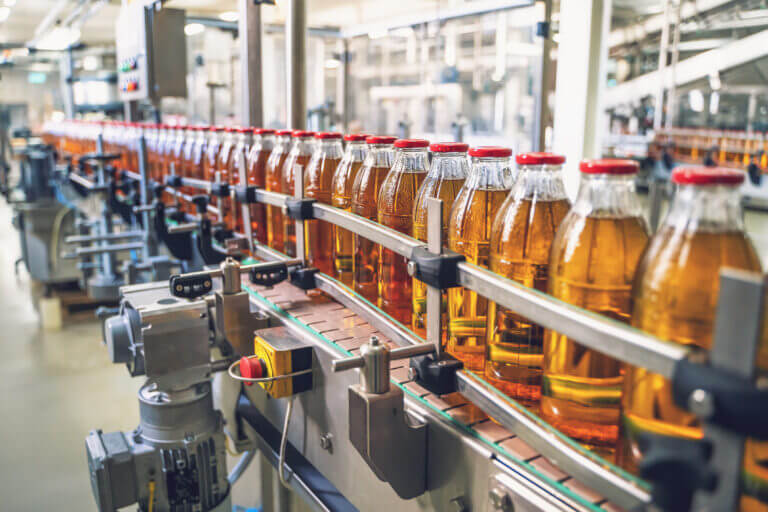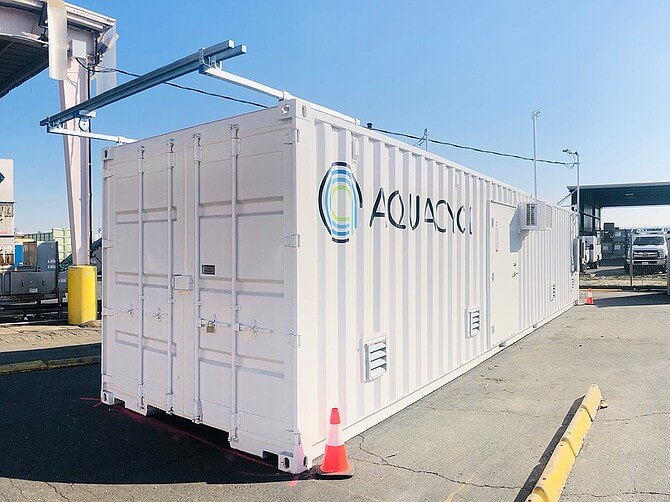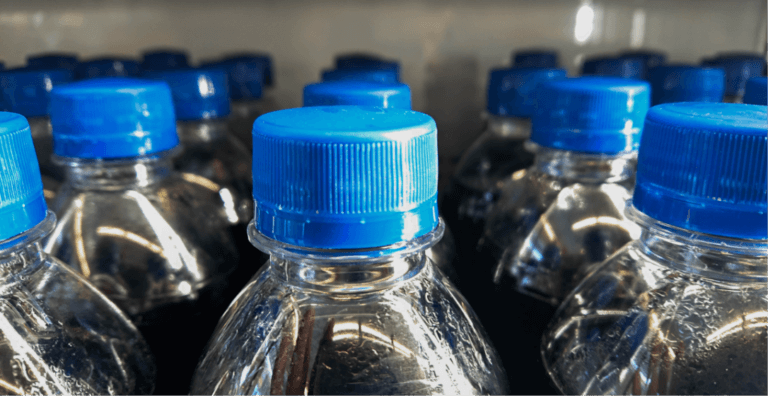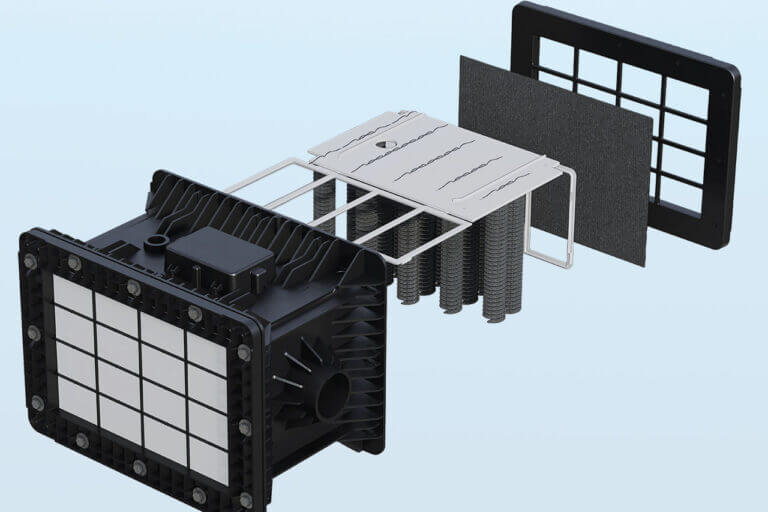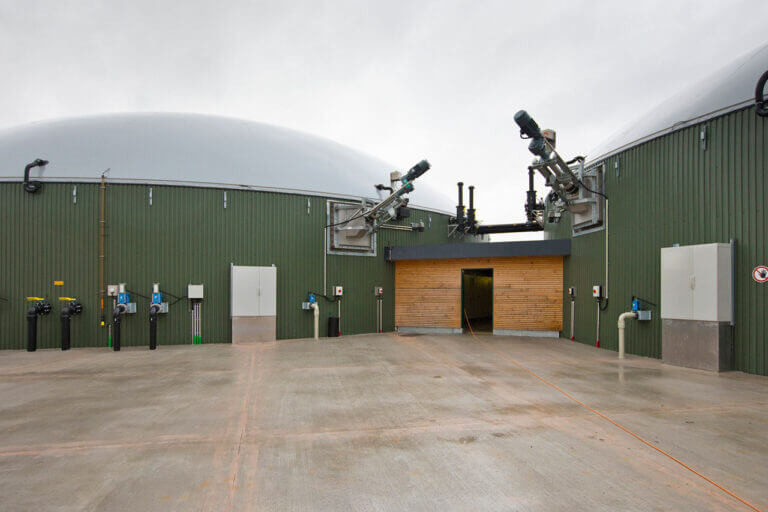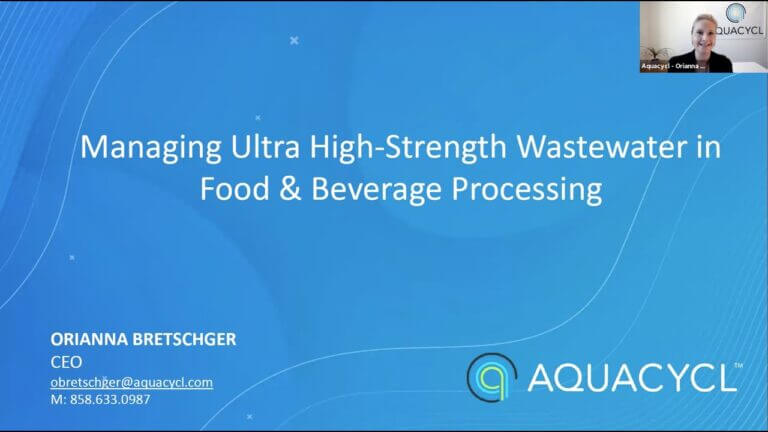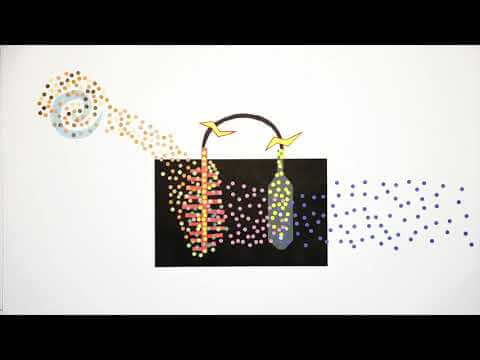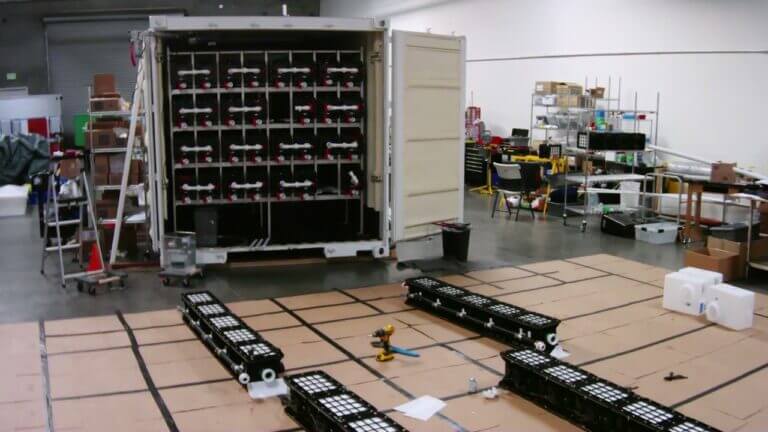What All Industrial Facilities Should Know
We’ve previously covered key wastewater regulations industrial dischargers need to know in 2025. Now, let’s explore how these regulations align with the Corporate Sustainability Reporting Directive (CSRD)—and what steps your facility must take to stay compliant.
CSRD is changing how industrial facilities approach wastewater management, making transparent environmental reporting a necessity, not a choice. With stricter disclosure requirements, facilities must track, report, and act on wastewater-related metrics to ensure compliance and support sustainability goals.
Download our CSRD Wastewater Reporting Checklist:
Overview of CSRD
The Corporate Sustainability Reporting Directive (CSRD) is an EU directive designed to increase corporate transparency on environmental, social, and governance (ESG) impacts. It replaces the Non-Financial Reporting Directive (NFRD) and significantly expands reporting obligations to ensure businesses provide detailed, standardized sustainability disclosures.
Key aspects of the CSRD:
- Large companies (500+ employees) and those already reporting under NFRD will begin CSRD reporting in 2025 (using 2024 data), while listed SMEs start in 2027.
- Businesses must disclose how their operations impact sustainability metrics, including water use and wastewater management.
- Sustainability reports must be integrated with financial reports, linking environmental impact to financial performance.
- Aligns with the EU Green Deal and broader climate and environmental objectives.
- While CSRD applies to European companies, businesses operating or selling in the EU must also comply.
Key wastewater-related requirements under the CSRD
1. Water Management and Usage (ESRS E3)
Facilities must report total water withdrawals, consumption, and discharges, detailing:
- Measures to improve efficiency and reduce consumption.
- Water intensity performance (e.g., withdrawals per unit of production or revenue).
- Financial risks related to water scarcity, regulatory changes, and operational disruptions.
2. Reporting on Pollutants (ESRS E2)
Companies are required to disclose the pollution of air, soil, and water. For wastewater discharge, these include:
- Organic pollution indicators: Biological Oxygen Demand (BOD) and Chemical Oxygen Demand (COD)
- Nutrients such as nitrogen and phosphorus which contribute to eutrophication
- Heavy metals and emerging contaminants such as PFAS and microplastics
Additionally, wastewater reporting must align with EU Water Framework Directive limits to ensure water quality protection and ecosystem health.
3. Water Reuse and the Circular Economy (ESRS 5)
CSRD emphasizes reducing freshwater consumption by promoting water recycling and reuse in industrial processes to support the EU’s circular economy goals through:
- Reporting the percentage of treated wastewater reused in operations
- Technologies implemented for water recycling and conservation
- Strategies for minimizing overall water intake and enhancing water circularity
4. Energy Use in Wastewater Treatment (ESRS E1)
Wastewater treatment is often a major energy consumer at industrial facilities and must be considered for energy-use reporting. Facilities must disclose:
- Total energy consumption for their operation, including any onsite wastewater treatment
- Efforts to reducing energy and emissions, where wastewater treatment can be an avenue through energy-generating systems such as anaerobic digesters
- Scope 2 emissions and reduction initiatives
5. Broader Environmental Impacts (ESRS E1 & E2)
Facilities must also evaluate and disclose the broader environmental impacts of their wastewater management practices, including:
- Greenhouse gas (GHG) emissions from wastewater treatment operations
- Chemical use and its impact on ecosystems and water quality
- Strategies to reduce ecological harm and improve wastewater treatment efficiency
How Aquacycl simplifies CSRD compliance
We know that keeping track of all these compliance regulations and reporting for your facility can be overwhelming – but Aquacycl makes it easier.
With real-time monitoring and data collection integrated into all our wastewater treatment systems, we help ensure alignment with CSRD wastewater requirements and collect the data that your facility needs to streamline your reporting process.
Beyond compliance, our modular, energy-efficient systems help facilities reduce carbon emissions, reduce the need for chemical dosing, minimize sludge production, and enable onsite water reuse – so facilities can confidently meet regulatory expectations while advancing their long-term sustainability goals.
Aligning your facility with the CSRD
To help you stay ahead of these requirements, we’ve created a CSRD Wastewater Reporting Requirements 2025 checklist—a valuable resource that outlines key compliance areas and what your facility needs to track.
Download the checklist today and ensure your facility is fully prepared to meet CSRD obligations with confidence:



